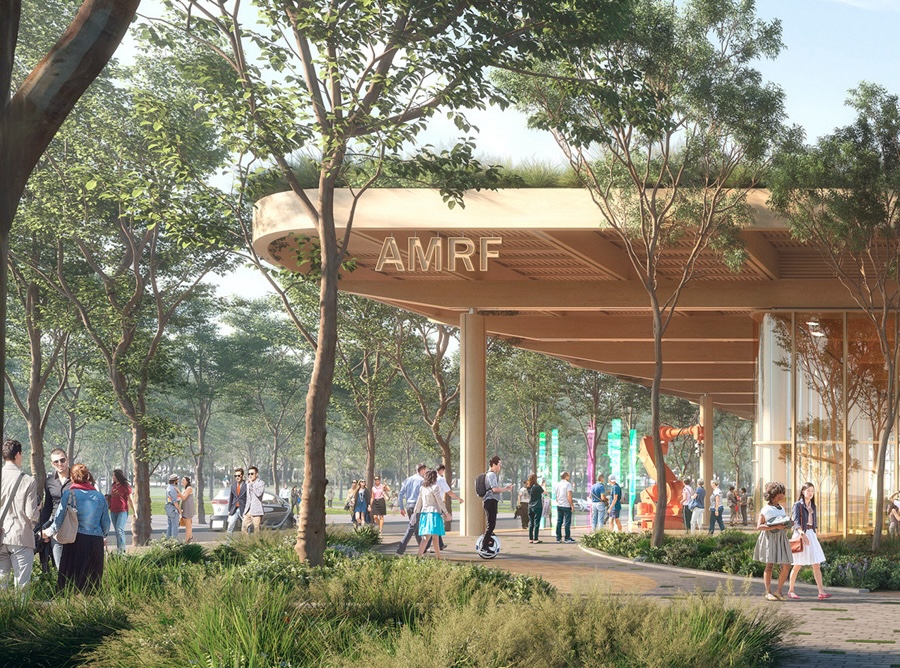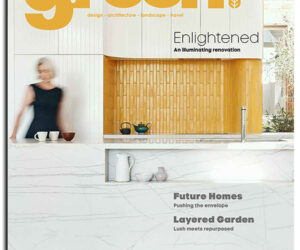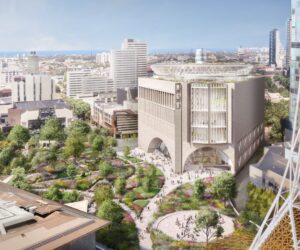GBCA and Hassell Launch Social Value in the Built Environment Paper
Hassell and the Green Building Council of Australia (GBCA) announce the release of their discussion paper, ‘Social Value in the Built Environment’. This comprehensive document addresses the growing need to report and measure the positive impact on people’s quality of life when buildings, places, and infrastructure support their social, environmental, and economic wellbeing.
The paper offers a working definition of social value, helps people navigate existing measurement systems, and lays the groundwork for greater industry collaboration. In launching the paper, Hassell and the GBCA, aim to move Australia’s built environment sector towards developing a common framework for creating and measuring social value.
Hassell’s Managing Director, Liz Westgarth, says the discussion paper is a crucial first step towards better defining and tracking social value, which is essential for improving the quality of our built environment and people’s lives.
“There are huge benefits to be gained in getting the measurement of social value right,” says Hassell’s Managing Director, Liz Westgarth. “By taking a holistic approach, we can strengthen our communities and enhance the lives of the people who inhabit those communities — as well as the natural environment they sit within.”
“Developing a shared understanding of social value is essential for our industry to ensure we’re accountable for the long-term impacts of our work, can communicate the value of great design and apply what we learn to design better buildings, places, and cities,” says Westgarth.
The paper consolidates global and Australian research on social value, drawing from 36 reports and consultations with 26 experts across 23 organisations, both within and outside the built environment sector.
Green Building Council of Australia CEO Davina Rooney says while property companies are currently experimenting with social value on projects across the country, there needs to be a consistent way to measure the outcomes.
“Property companies are using a mishmash of methodologies, which is admirable but also expensive,” says Ms Rooney.
“It’s contributing to a tangle of misaligned, exclusive tools used by just a few organisations. If we continue on this path, we risk leaving people and communities behind.”
A universal framework would create a shared language to communicate the value of great design, replicate lessons learnt, and hold the industry accountable for the long-term impacts of developments.
SHOWCASING IMPACT: REAL WORLD EXAMPLES
Data from previous work to measure social value has highlighted the significant community benefits available from the building environment sector. Below are three examples featured in the discussion paper.
- Published in 2022, Sustainability Victoria’s assessment of the Victorian Healthy Homes Program found upgrading the energy efficiency and thermal comfort of homes improved residents’ health and quality of life, as well as the costs and carbon savings. The research was emphatic: for every $1 saved in energy, more than $10 is saved in health care costs.
- Making Impact is a longitudinal study commissioned by IPUT Real Estate Dublin and developed in collaboration with Hassell and international placemaking and design experts PRD and Gehl to track and assess the social impact of investment at IPUT’s Wilton Park estate in Dublin. The inaugural report, the first in a series to be published over the next five years, presents the initial findings from the first year of social impact measurement.
- One of the first attempts to measure the social value in Australia’s property industry was by Stockland in 2013. The developer asked EY to put a dollar figure on the social connections, programs, activities and sense of safety and security in its retirement living estates. It was identified that every dollar invested delivered $1.66 in social value and that state governments saved $162 million a year from avoided health and care costs.
The ‘Social Value in the Built Environment’ discussion paper will be introduced nationwide through a series of upcoming events, inviting industry members to discuss and share their insights and ideas.
“As we begin this journey, let’s remember that the true measure of our success lies not just in the structures we build but in the positive and lasting impact we create for the environment and people,” says Liz Westgarth, Hassell Managing Director.
Provide feedback on the discussion paper via hassellstudio.com



